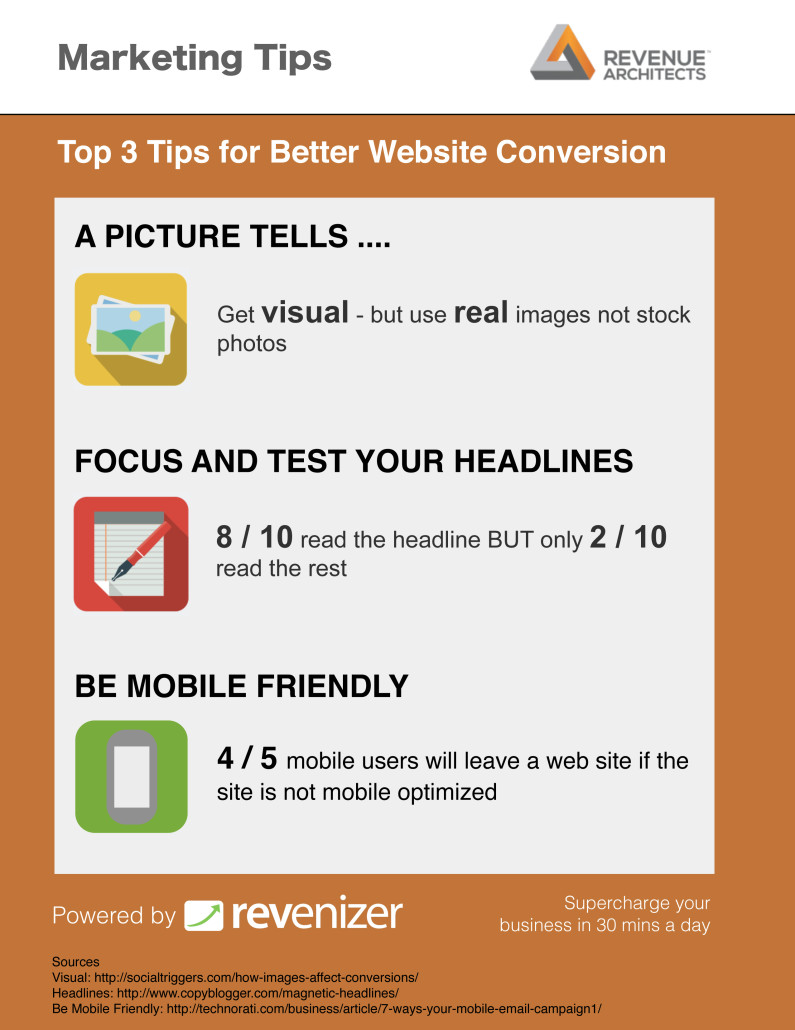
Companies take a number of different approaches to establishing their pricing , but many wrongly assume that they have limited control on revenue and margin by using more effective pricing strategies. Businesses can implement different pricing strategies and tactics to maximize revenue and margin. Depending on the pricing models and business-specific circumstances, it may take some time to find the right balance. The key strategy is to enable your front-line sales team with the tools and insights needed to maintain optimal pricing.
Here are some tactics you might consider.
1. Segment Around Buyer Values to Drive Value Pricing
If you’re struggling to get a grip on your customers’ buyer values, you aren’t alone. Buyer values can fluctuate based on the market competition, market sensitivity to pricing, and other challenges. For companies that serve diversified markets, a one-size-fits-all approach can leave revenue opportunities untapped. Segmentation around buyer business impact and value offers the flexibility to manage pricing differently across different segments, adjusting for those markets where the underlying business value justifies premium pricing. When managed effectively, segmentation strategies can produce margin increases of 10 points, and sometimes more.
2. Pricing Decision Support
Sales representatives have a significant influence on revenue margin. In many cases, sales professionals might be pursuing volume over margin, and with poor pricing tools at their disposal, they likely give away revenue margin needlessly when adjustments to their discounting and other pricing actions might give them better guidance. Getting this right leads to improved margins for the sales reps as well as the business. Companies should be on the lookout for tools and resources that can help sales reps handle these pricing considerations.
3. Allocate Resources Towards Higher Margin Opportunities
Profit is always welcome of course, but some sales efforts will prove to be much more profitable to a company than others. Those marginally profitable segments may be turning over a net gain, but their consumption of resources could be taking away from other opportunities that offer greater pricing power and are even more profitable. Businesses should stratify their various segments by profitability and allocate resources to the most attractive segments.
4. Assess and Adapt
With these strategies in place, use observation and analysis to evaluate the success of new pricing strategies. By closely observing the effects, you will gain insights into what’s impacting revenue and margin performance and you can fine tune your strategies.
Ultimately, the market will be the main driver in determining pricing, yet leaders are recognizing the importance of using value-based segmentation, market research and decision support to inform and enable their pricing strategies. Contact us if you need help in maximizing pricing impact.

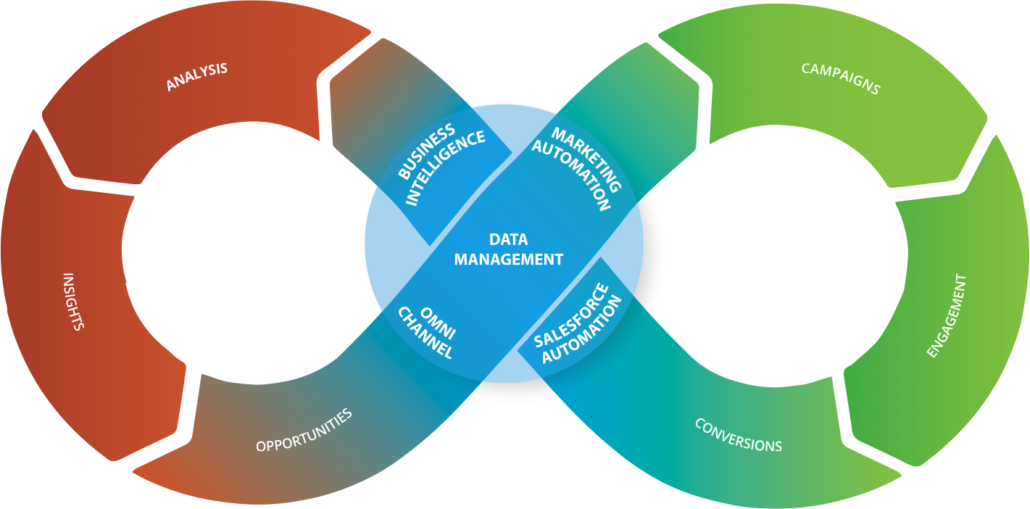
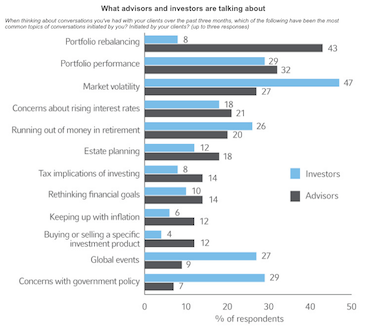

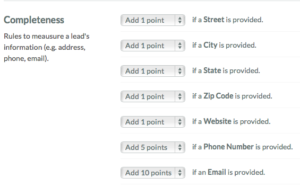



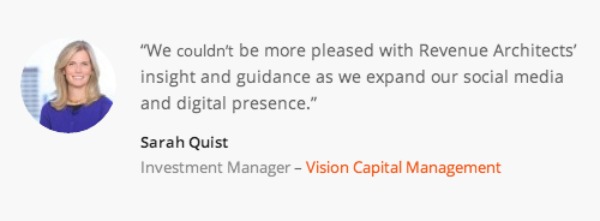
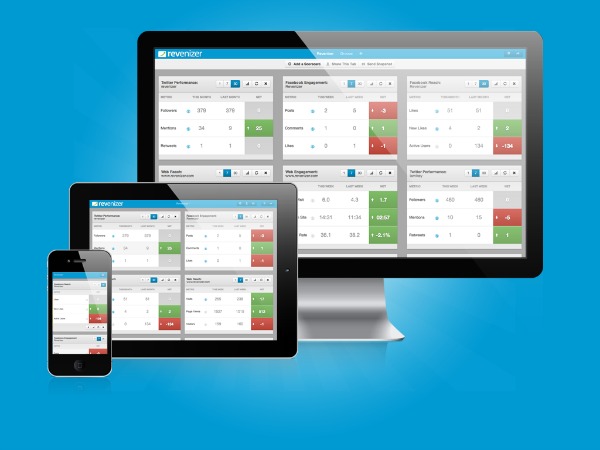 Despite this, only 6% of small business websites are mobile ready according to a
Despite this, only 6% of small business websites are mobile ready according to a 